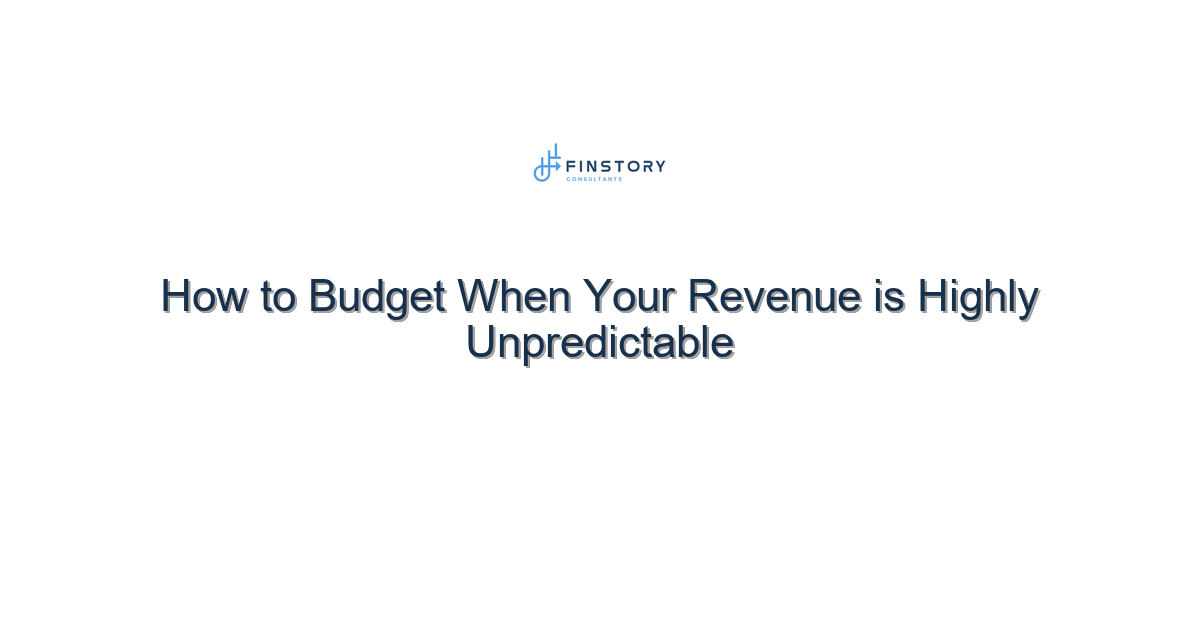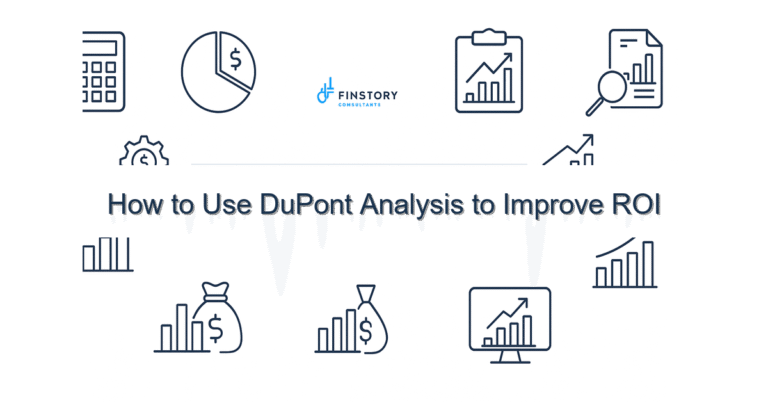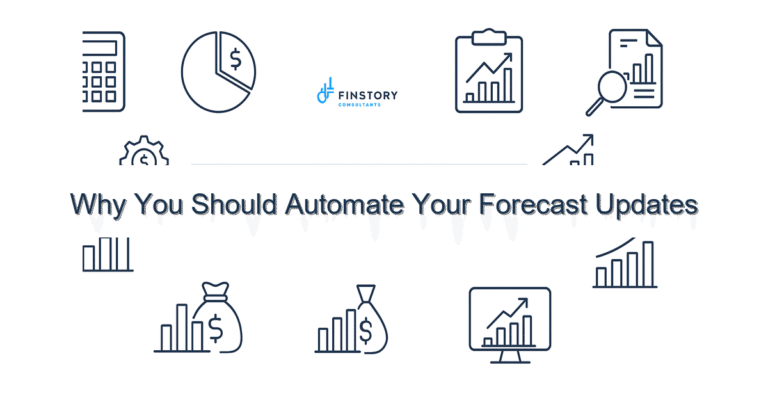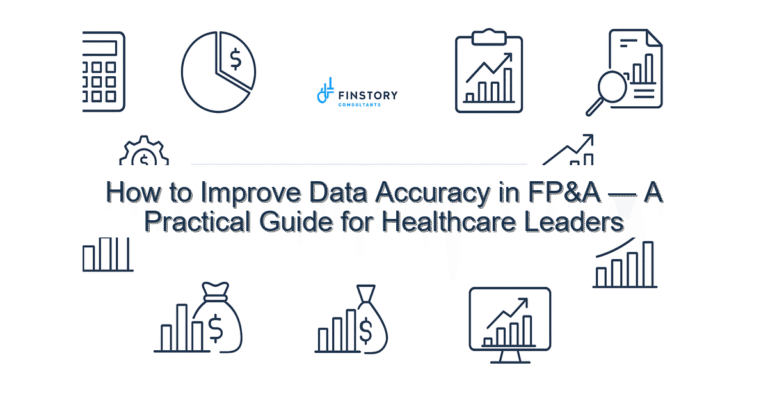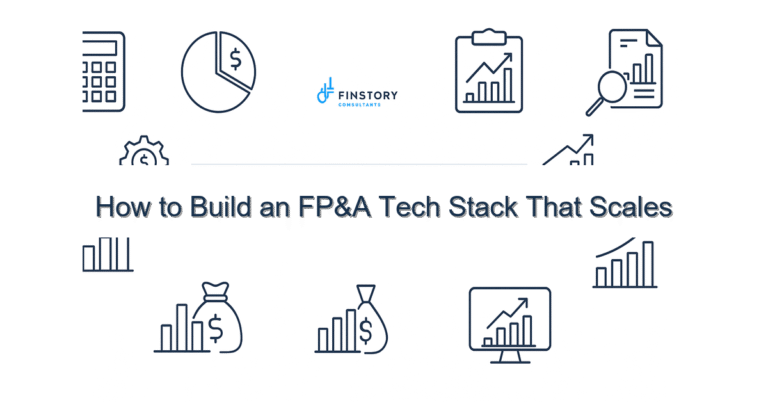How to Budget When Your Revenue is Highly Unpredictable
In today’s healthcare landscape, unpredictability isn’t just a challenge—it’s the status quo. Your financial strategies must evolve to navigate fluctuations in revenue effectively. If you’re feeling overwhelmed, you’re not alone.
TL;DR: When revenue is unpredictable, rely on scenario planning, flexibility, and finance automation to create a resilient budget. Expect smarter decisions and better financial outcomes.
What’s the real problem?
In healthcare operations, relying on historical revenue figures can lead to budgeting pitfalls. Revenue volatility can stem from policy changes, patient volume shifts, or unforeseen events, making precise forecasts nearly impossible. This unpredictability complicates not only budgeting but overall operational planning.
- Missed financial targets due to over-commitment.
- Delays in budget approvals affecting project timelines.
- Increased pressure on resources leading to burnout.
- Lack of clarity in decision-making processes.
What leaders get wrong
Many leaders assume that traditional budgeting is sufficient, but that’s a myth. This mindset often leads to rigid, outdated forecasts that don’t account for real-world shifts. Some common pitfalls include:
- Forecasting with too much detail when the broad strokes are what’s needed.
- Refusing to adapt the budget throughout the fiscal year.
- Neglecting to engage key stakeholders in budget discussions.
A better approach
To truly manage budgeting in an unpredictable environment, embrace a flexible and iterative approach. Here’s a simple framework to get started:
- Scenario Planning: Outline various revenue projections—pessimistic, realistic, and optimistic. This ensures you’re prepared for different outcomes.
- Regular Reviews: Establish monthly or quarterly reviews to assess financial performance against your predictions. Adjust as necessary.
- Finance Automation: Leverage finance automation tools to streamline data collection and enhance forecasting accuracy.
- Stakeholder Engagement: Foster ongoing communication with department heads for better budget alignment.
For example, a mid-sized hospital used scenario planning to navigate a 30% reduction in elective surgeries. By forecasting multiple scenarios, they were able to adjust their budgets swiftly and maintain essential services.
Implementation checklist
- Set up a cross-functional team to own the budgeting process.
- Define and agree on key performance indicators (KPIs) relevant to your operations.
- Integrate finance automation tools for real-time reporting.
- Conduct stakeholder meetings to validate assumptions.
- Document all financial decisions for transparency.
- Schedule quarterly budget reviews with a focus on performance against scenarios.
- Utilize Power BI for enhanced data visualization and insights.
- Train your team on new processes and tools.
- Gather feedback regularly and iterate on processes.
- Implement a contingency plan for emergencies.
What good looks like
- Achieving budget accuracy of at least 85%.
- Reducing the budget cycle time by 30%.
- Increasing stakeholder satisfaction through improved communication.
- Enhancing ROI on projects by reallocating resources effectively.
- Increasing financial stability through diversified revenue streams.
Risks & how to de-risk
- Over-Optimism: Balance forecasts with conservative estimates; always prepare for downturns.
- Resource Allocation: Ensure flexibility in resource distribution to avoid strain on critical services.
- Data Accuracy: Regularly audit data sources to ensure accurate and reliable reporting practices.
Tools & data
Consider integrating finance automation platforms for seamless operations and enhanced productivity. Using Power BI can lead to better dashboarding and insights that drive leadership reporting and decision-making.
Next steps
Work with Finstory. If you want this done right—tailored to your operations—we’ll map the process, stand up the dashboards, and train your team. Let’s talk about your goals.
Work with Finstory. Ready to take control of your finances?
Connect with us at info@finstory.net
or call us at +91 44-45811170.
